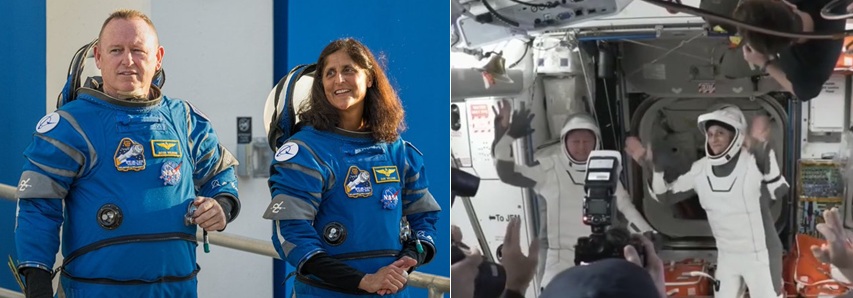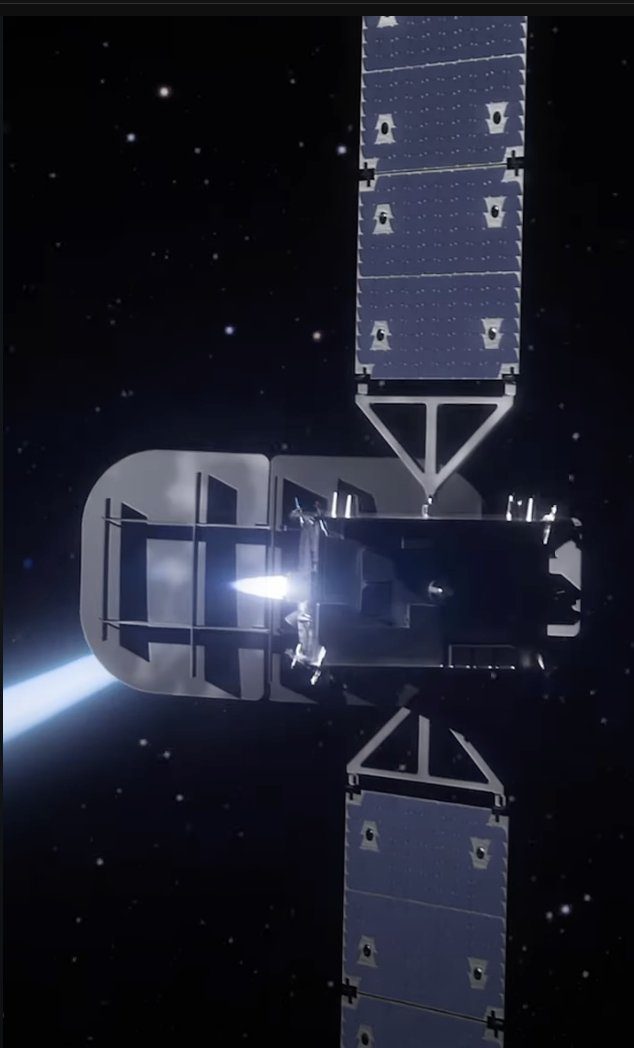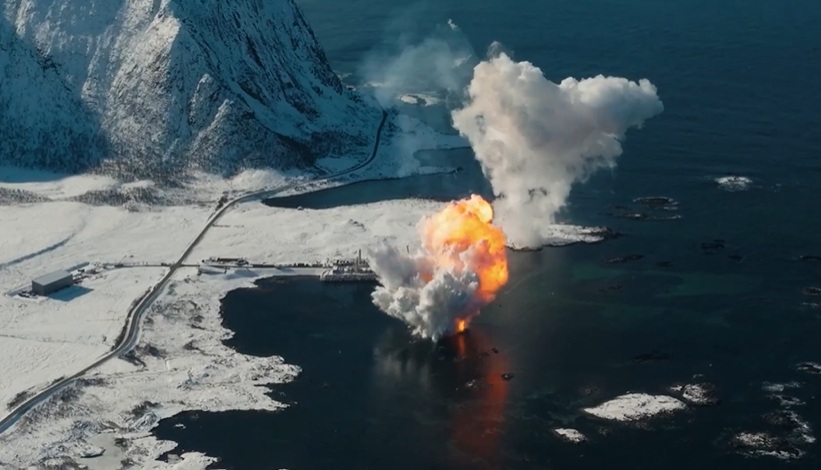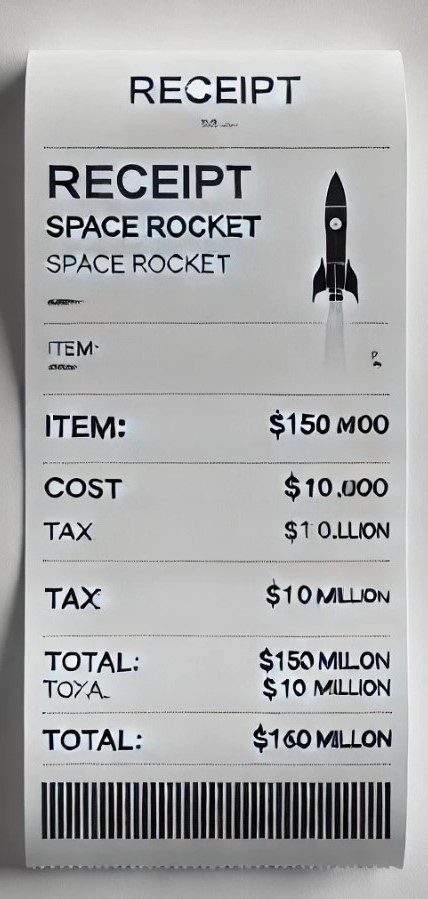SpaceX suffered a launch failure on the seventh test flight of Starship after an unexpected leak and the ensuing explosion led to its untimely end. Some commercial airlines were affected after concerns were raised about falling debris from the launch vehicle. SpaceX was at least able to repeat the ‘chopstick’ grab landing of its Super Heavy booster.
Starship IFT 7 lifted off from the SpaceX Launch Pad A at the Starbase launch site at Boca Chica, Texas on 16 January. The Starship Block 2/Super Heavy Block 1 flight, which used a new stretched-tank upper stage with repositioned controlled vanes, was always meant to be suborbital, albeit flying close to orbital velocity. Aboard were dummy spacecraft intended to test a deployment device on the craft at the high point of the trajectory.
The launch went well, initially. As planned, all of the first-stage engines fired, and the hotfire stage 2 separation (with the second-stage engine already ignited) occurred. Starship (Ship 33) trundled on its way until there were indications that the engines were sequentially stopping their burns earlier than expected. Then, eight and a half minutes after launch and at an altitude of around 140 km, all contact was lost. The explosion and debris, from the spacecraft and the mock payloads, was seen off the Turks and Caicos islands by observers on the ground and in the air.
Meanwhile, the Superheavy booster 14 headed back towards the launch site and, after a rapid descent, positioned itself near the launch tower. The Mechzilla movable gantries performed a ‘chopstick’ capture of the stage, making up for the lost opportunity in the previous test (due to a safety redirect).
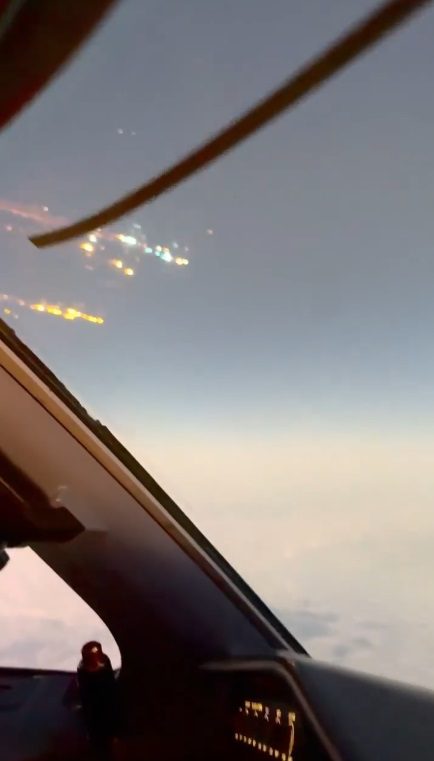
Debris from explosion of Starship IFT-7 as seen from an aircraft. Courtesy: X
In a post on X (previously known as Twitter), SpaceX said “Starship experienced a rapid unscheduled disassembly during its ascent burn”– in other words, an explosion. Before that there was also an apparent sequential shutdown of all six upper-stage engines. Elon Musk, CEO of SpaceX, provided further details on the likely root cause in his own post on X (the platform he owns): “Preliminary indication is that we had an oxygen/fuel leak in the cavity above the ship engine firewall that was large enough to build pressure in excess of the vent capacity.”
Addressing immediate concern for future Starship launches, Musk assured his followers on X: “Apart from obviously double-checking for leaks, we will add fire suppression to that volume and probably increase vent area. Nothing so far suggests pushing next launch past next month.” Nevertheless, the US Federal Aviation Authority (FAA) temporarily suspended further Starship test flights to investigate claims that debris from the flight fell outside designated areas in Turks and Caicos. Some commercial airline flights in the vicinity were also delayed or redirected after a debris issue was detected. It came on the heels of reports, which emerged just days earlier, that Australian airline Qantas had been forced to delay several commercial flights amid US government warnings about falling rocket debris from SpaceX Falcon 9 launches.
https://x.com/i/status/1880024050048589841

